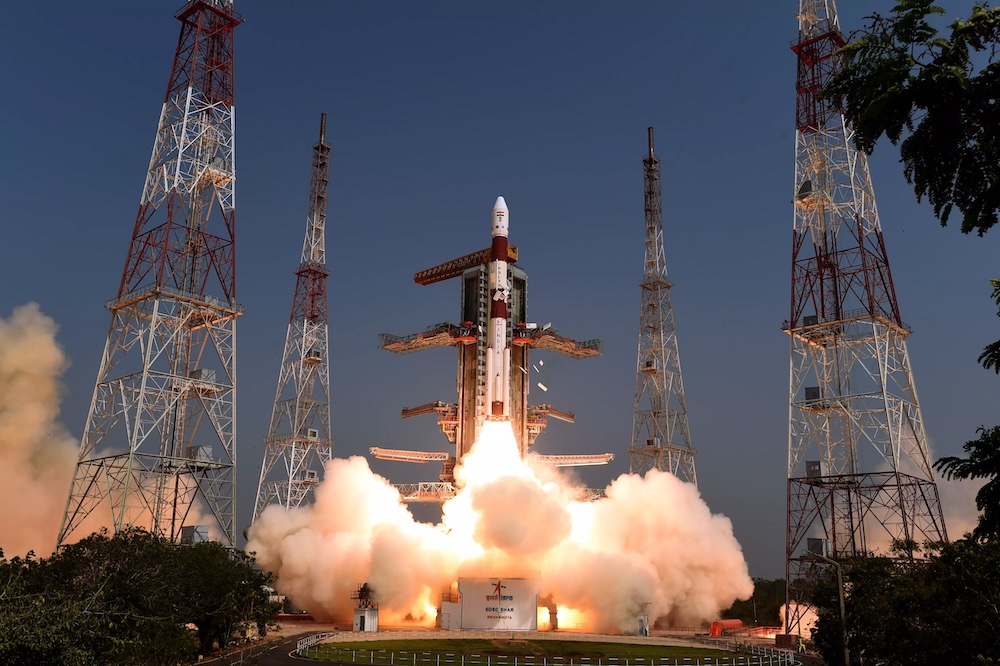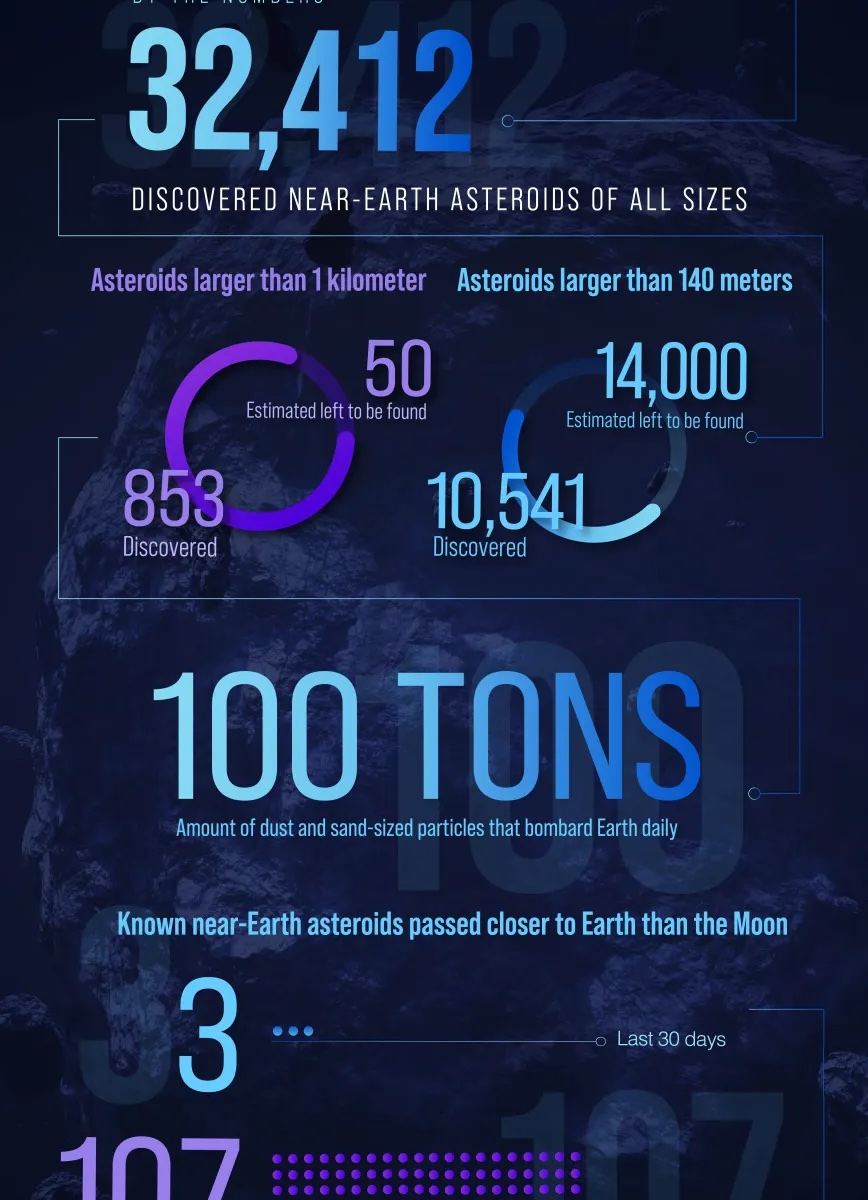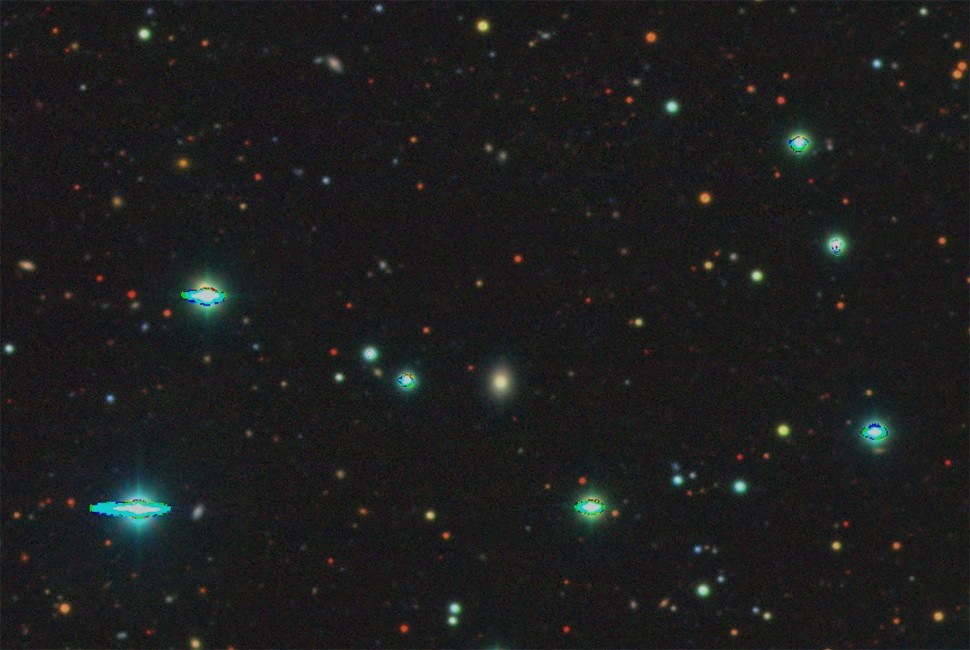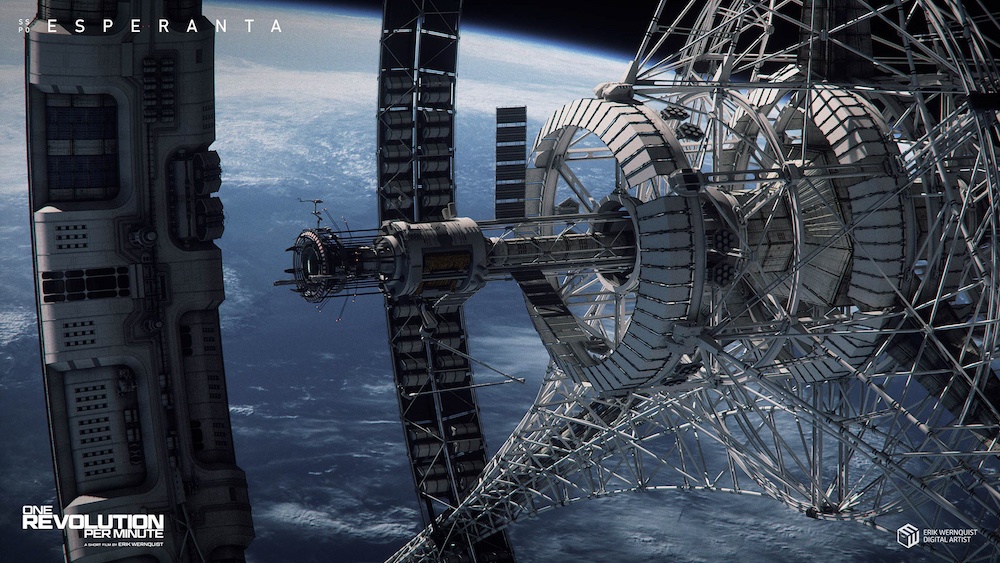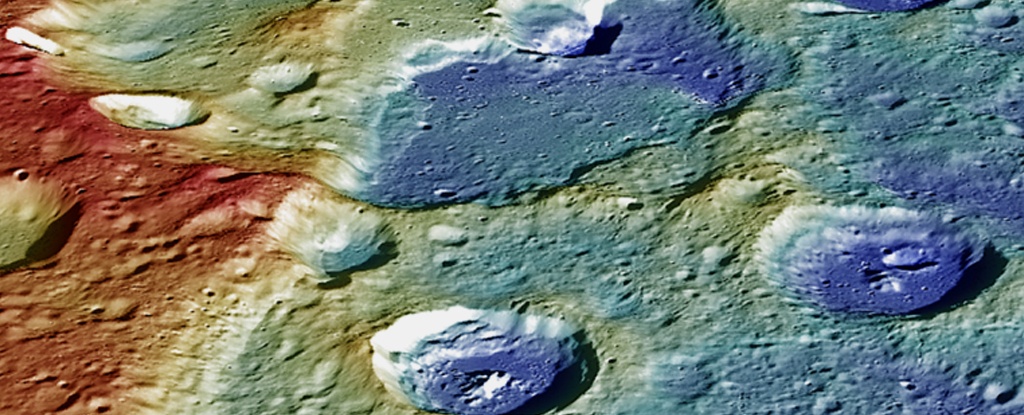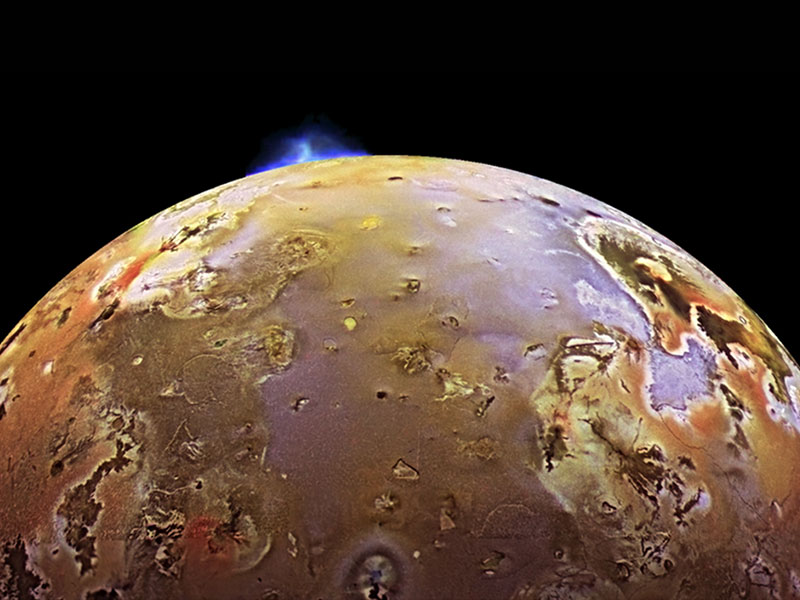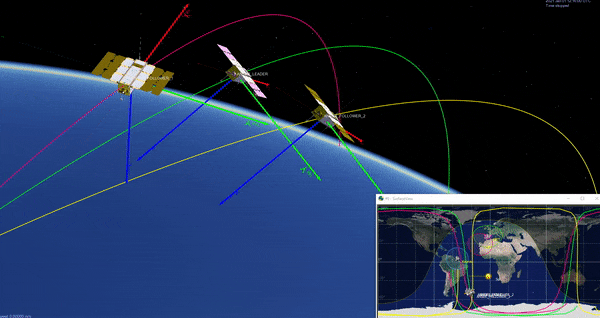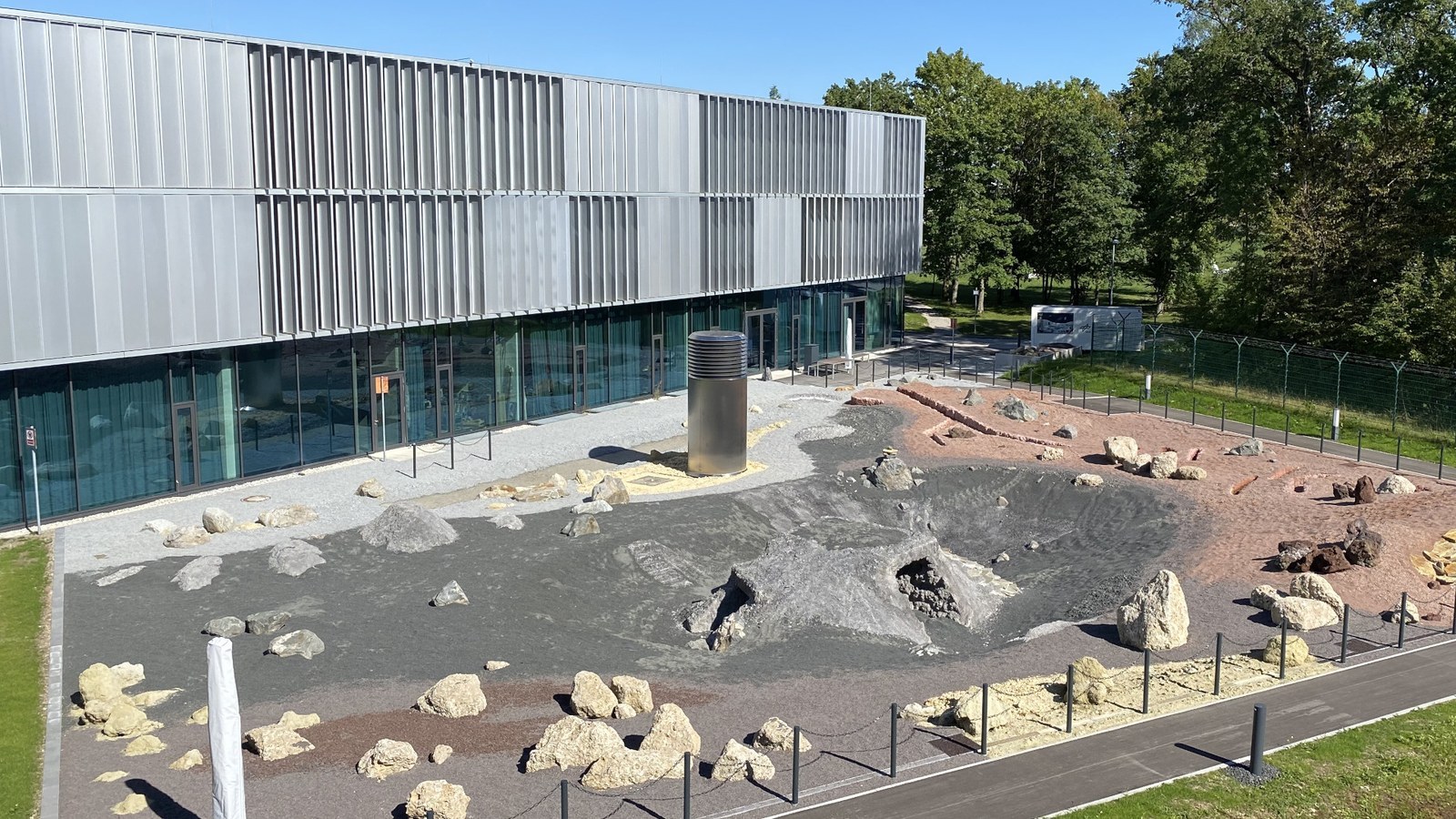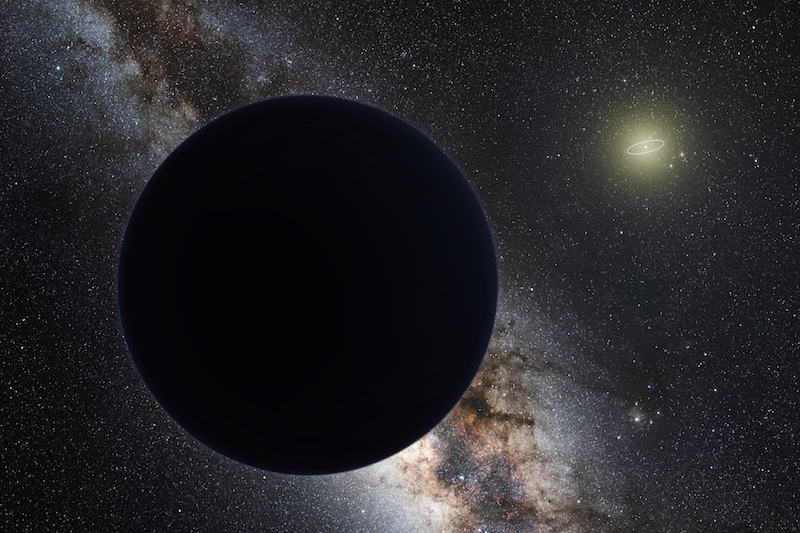The Indian space program has been on a bit of a tear lately. Chadrayaan-3 was just the latest successful for the ISRO, India’s space agency, when it launched in July – especially juxtaposed with Luna-25, a Russian moon lander mission that launched around the same time and failed spectacularly by crashing into the Moon. Maybe in part due to the ISRO’s success, Indian Prime Minister Narendra Modi appears to have taken an increased interest in the program and recently chaired a meeting to review the Gaganyaan Mission, India’s first foray into crewed space flight. But while in the meeting, he suggested the country’s exploration goals should go further – much further.
Continue reading “India Plans to Send Humans to the Moon by 2040”There are 14,000 Near Earth Asteroids Left to Find
Everyone likes a cool infographic, right? Does that statement hold even if the infographic points out a gap in our knowledge that could kill millions of people? Because that’s what a cool-looking infographic NASA released on October 16th does.
Continue reading “There are 14,000 Near Earth Asteroids Left to Find”A Machine Learning Algorithm Finds its First Supernova
Plenty of recent mainstream news articles have touted AI’s ability to assist in the process of scientific discovery. But most of them predicted that it could take years or even decades to see the full effect. Astronomy seems ahead of the curve, though, with the announcement of a new AI system developed by researchers at Northwestern University and elsewhere that can now autonomously detect and classify supernovae.
Continue reading “A Machine Learning Algorithm Finds its First Supernova”Imagine What Life Would be Like on a Giant Rotating Space Station
Inspiration can come in all forms, but one of the best ways to convey ideas and get people excited about them is through art. In particular, video has become one of the most prominent forms of entertainment in our modern lives, whether through 5-second TikToks or 2+ hour-long documentaries on the Crusades. Therefore, it should come as no surprise that some videographers are inspired by concepts in space exploration and can convey that inspiration through their media. And now, thanks to the internet, a new entrant to that category has recently surfaced.
Continue reading “Imagine What Life Would be Like on a Giant Rotating Space Station”Mercury is Still Shrinking
Mercury is considered a scorching, barren landscape that would literally melt your face off if you were standing on it in full sunlight. But scientists have also known for a long time that it was shrinking…because it was cold. New research based on distinct features in Mercury’s geography suggests that it might continue to do so even today.
Continue reading “Mercury is Still Shrinking”What Would It Take to See Exoplanet Volcanoes?
Even with the clearest image from the best telescope in the world, astronomers still won’t know what they’re looking at. It takes a fundamental understanding of physics, particularly how light works, to glean scientific data from the images that telescopes like the James Webb Space Telescope (JWST) capture. To help with that understanding, a whole group of physics modelers specialize in trying to understand what different scenarios would look like with different telescope technologies. A new paper fits neatly into this mold, where researchers from UC Riverside, NASA Goddard, American University, and the University of Maryland decided to model what they think volcanic activity would look like on an exoplanet around a Sun-like star.
Continue reading “What Would It Take to See Exoplanet Volcanoes?”Want to Explore Neptune? Use Triton’s Atmosphere to Put on the Brakes
Aerobraking is commonly used to slow down spacecraft when they arrive at various planetary systems. It requires a spacecraft to dip into the atmosphere of a celestial body in the planetary system, such as a moon or the planet itself, and use the resistance from that atmosphere to shed some of its velocity. That slow-down would then allow it to enter an orbit in the planetary system without carrying the extra fuel required to do the maneuvers through powered flight, thereby saving weight on the mission and reducing its cost.
Unfortunately, saying the orbital dynamics of such a maneuver are complicated is an understatement. But ultimately, for any aerobraking to be viable, someone has to do the math. And that’s just what Jakob Brisby and James Lyne, a graduate student and professor at the University of Tennessee Knoxville, did for some of the least visited planetary systems in the solar system – Neptune.
Continue reading “Want to Explore Neptune? Use Triton’s Atmosphere to Put on the Brakes”A Flock of CubeSats Will Use Wings to Maneuver at the Edge of Space
CubeSats are taking on more and more responsibility for remote monitoring of the Earth. As they become more ubiquitous, they will also gain more varied propulsion systems. Or, in the case of a new set of monitoring CubeSats from INTA, Spain’s Institue of Aerospace Technology, no propulsion system at all.
Continue reading “A Flock of CubeSats Will Use Wings to Maneuver at the Edge of Space”Future Moon and Mars Rovers Have a New Sandbox to Learn in
In-situ testing for space equipment is complex when it has to be developed on Earth, which is the case for literally all of it, at least for now. Typically, engineers and scientists developing the next Lunar or Martian robotic explorer would seek out exotic destinations that, while they look like they fit on another planet, were just more exotic parts of ours. The robotics team at DLR, Germany’s space agency, decided they could do better. So they built a 1500 sq meter test bed for their upcoming Martian and Lunar exploration bots.
Continue reading “Future Moon and Mars Rovers Have a New Sandbox to Learn in”Could Modified Gravity Be the Answer to Planet 9?
As students advance to higher and higher physics courses, they eventually learn that the simple Newtonian dynamics they learned about in early classes aren’t completely accurate models for understanding the universe. If things get too big or fast, they fall into the realm of relativity, or if they get too small, they get caught up in quantum mechanics. However, simple Newtonian dynamics does the trick for things ranging from how a baseball flies to how planets orbit the Sun.
Continue reading “Could Modified Gravity Be the Answer to Planet 9?”
